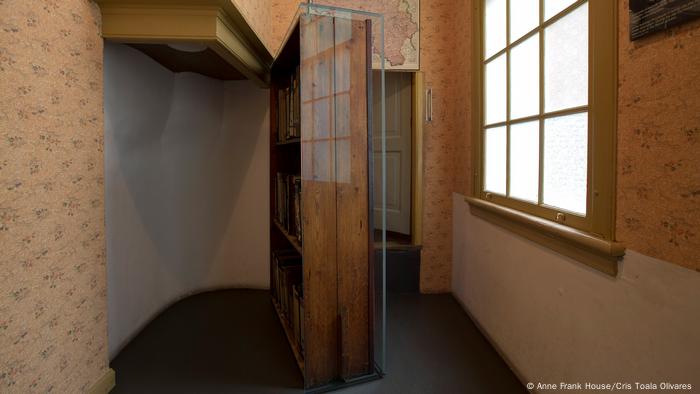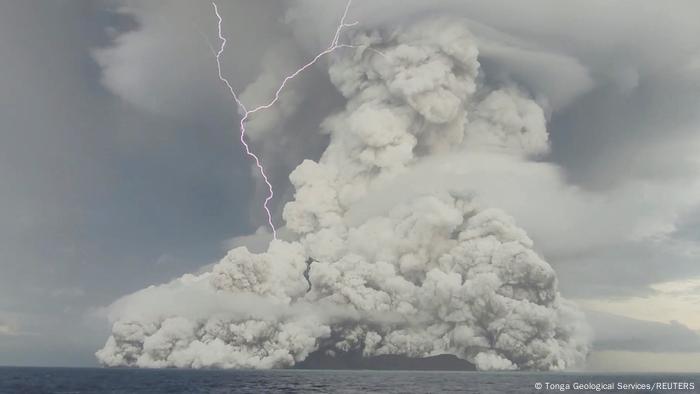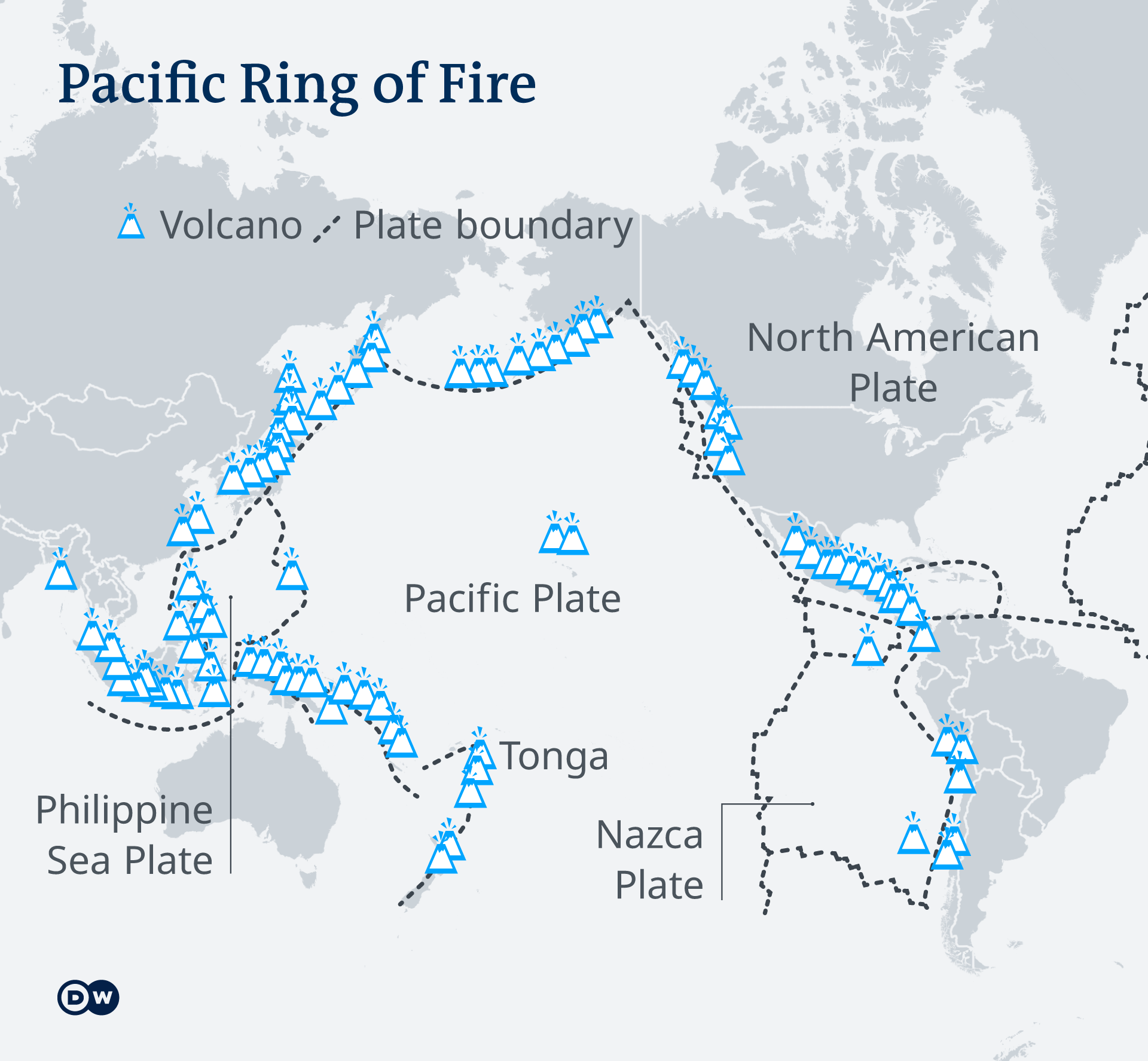Issued on: 18/01/2022 -
Anne Frank died in the Bergen Belsen concentration camp after the Nazis discovered her and seven other Jews in a secret annex above a warehouse in Amsterdam in August 1944. © AFP
Text by:NEWS WIRES|
Video by:Delano D'SOUZA
A six-year cold case investigation into the betrayal of Anne Frank has identified a surprising suspect in the mystery of how the Nazis found the hiding place of the famous diarist in 1944.
Anne and seven other Jews were discovered by the Nazis on Aug. 4 of that year, after they had hid for nearly two years in a secret annex above a canal-side warehouse in Amsterdam. All were deported and Anne died in the Bergen Belsen camp at age 15.
A team that included retired U.S. FBI agent Vincent Pankoke and around 20 historians, criminologists and data specialists identified a relatively unknown figure, Jewish notary Arnold van den Bergh, as a leading suspect in revealing the hideout.
Some other experts emphasised that the evidence against him was not conclusive.
Investigating team member Pieter van Twisk said the crucial piece of new evidence was an unsigned note to Anne's father Otto found in an old post-war investigation dossier, specifically naming Van den Bergh and alleging he passed on the information.
The note said Van den Bergh had access to addresses where Jews were hiding as a member of Amsterdam's wartime Jewish Council and had passed lists of such addresses to the Nazis to save his own family.
Twisk said only four out of initial 32 names remained following the research, with Van den Bergh the lead suspect.
Investigators confirmed that Otto, the only member of the family to survive the war, was aware of the note but chose never to speak of it publicly.
Van Twisk speculated that Frank's reasons to remain silent about the allegation were likely that he could not be sure it was true, that he would not want information to become public that could feed further anti-Semitism, and that he would not want Van den Bergh's three daughters to be blamed for something their father might have done.
Otto "had been in Auschwitz," Van Twisk said. "He knew that people in difficult situations sometimes do things that cannot be morally justified."
While other members of the Jewish Council were deported in 1943, Van den Bergh was able to remain in the Netherlands. He died in 1950.
Historian Erik Somers of the Dutch NIOD institute for war, holocaust and genocide studies praised the extensive investigation, but was sceptical of its conclusion.
He questioned the centrality of the anonymous note in the arguments for Van den Bergh's responsibility and said the team made assumptions about wartime Amsterdam Jewish institutions that are not supported by other historical research.
According to Somers there are many possible reasons Van den Bergh was never deported as "he was a very influential man".
'Nazis were ultimately responsible'
Miep Gies, one of the family’s helpers, kept Anne’s diary safe until Otto returned and first published it in 1947. It has since been translated into 60 languages and captured the imagination of millions of readers worldwide.
The Anne Frank House Foundation was not involved in the cold case investigation but shared information from its archives to assist.
Director Ronald Leopold said the research had "generated important new information and a fascinating hypothesis that merits further research".
Using modern research techniques, a master database was compiled with lists of Dutch collaborators, informants, historic documents, police records and prior research to uncover new leads.
Dozens of scenarios and locations of suspects were visualised on a map to identify a betrayer, based on knowledge of the hiding place, motive and opportunity.
The findings of the new research will be published in a book by Canadian author Rosemary Sullivan, "The Betrayal of Anne Frank", which will be released on Tuesday.
The director of Dutch Jewish organisation CIDI which combats anti-Semitism told Reuters she hoped the book would provide insight into the war-time circumstances of Amsterdam's Jewish population.
"If this turns into 'the Jews did it' that would be unfortunate. The Nazis were ultimately responsible," Hanna Luden of CIDI said.
Text by:NEWS WIRES|
Video by:Delano D'SOUZA
A six-year cold case investigation into the betrayal of Anne Frank has identified a surprising suspect in the mystery of how the Nazis found the hiding place of the famous diarist in 1944.
Anne and seven other Jews were discovered by the Nazis on Aug. 4 of that year, after they had hid for nearly two years in a secret annex above a canal-side warehouse in Amsterdam. All were deported and Anne died in the Bergen Belsen camp at age 15.
A team that included retired U.S. FBI agent Vincent Pankoke and around 20 historians, criminologists and data specialists identified a relatively unknown figure, Jewish notary Arnold van den Bergh, as a leading suspect in revealing the hideout.
Some other experts emphasised that the evidence against him was not conclusive.
Investigating team member Pieter van Twisk said the crucial piece of new evidence was an unsigned note to Anne's father Otto found in an old post-war investigation dossier, specifically naming Van den Bergh and alleging he passed on the information.
The note said Van den Bergh had access to addresses where Jews were hiding as a member of Amsterdam's wartime Jewish Council and had passed lists of such addresses to the Nazis to save his own family.
Twisk said only four out of initial 32 names remained following the research, with Van den Bergh the lead suspect.
Investigators confirmed that Otto, the only member of the family to survive the war, was aware of the note but chose never to speak of it publicly.
Van Twisk speculated that Frank's reasons to remain silent about the allegation were likely that he could not be sure it was true, that he would not want information to become public that could feed further anti-Semitism, and that he would not want Van den Bergh's three daughters to be blamed for something their father might have done.
Otto "had been in Auschwitz," Van Twisk said. "He knew that people in difficult situations sometimes do things that cannot be morally justified."
While other members of the Jewish Council were deported in 1943, Van den Bergh was able to remain in the Netherlands. He died in 1950.
Historian Erik Somers of the Dutch NIOD institute for war, holocaust and genocide studies praised the extensive investigation, but was sceptical of its conclusion.
He questioned the centrality of the anonymous note in the arguments for Van den Bergh's responsibility and said the team made assumptions about wartime Amsterdam Jewish institutions that are not supported by other historical research.
According to Somers there are many possible reasons Van den Bergh was never deported as "he was a very influential man".
'Nazis were ultimately responsible'
Miep Gies, one of the family’s helpers, kept Anne’s diary safe until Otto returned and first published it in 1947. It has since been translated into 60 languages and captured the imagination of millions of readers worldwide.
The Anne Frank House Foundation was not involved in the cold case investigation but shared information from its archives to assist.
Director Ronald Leopold said the research had "generated important new information and a fascinating hypothesis that merits further research".
Using modern research techniques, a master database was compiled with lists of Dutch collaborators, informants, historic documents, police records and prior research to uncover new leads.
Dozens of scenarios and locations of suspects were visualised on a map to identify a betrayer, based on knowledge of the hiding place, motive and opportunity.
The findings of the new research will be published in a book by Canadian author Rosemary Sullivan, "The Betrayal of Anne Frank", which will be released on Tuesday.
The director of Dutch Jewish organisation CIDI which combats anti-Semitism told Reuters she hoped the book would provide insight into the war-time circumstances of Amsterdam's Jewish population.
"If this turns into 'the Jews did it' that would be unfortunate. The Nazis were ultimately responsible," Hanna Luden of CIDI said.
Jewish notary suspected to have betrayed Anne Frank
Investigators have identified a suspect who may have revealed the hideout of Anne Frank and her family to the Nazis. The clues lie in an unsigned note.
A six-year investigation into who betrayed Anne Frank and her family has yielded a surprising result.
A cold case team that included retired US FBI agent Vincent Pankoke and about 20 historians, criminologists and data specialists has identified a little-known Jewish notary, Arnold van den Bergh, as a highly probable suspect who revealed the family's hideout to the Nazis in August 1944.
A CBS documentary and an accompanying book, The Betrayal of Anne Frank, based on the investigative team's findings, detail how the Jewish-Dutch notary van den Bergh allegedly handed over a list of hiding places of Jews in Amsterdam to the Germans to save his wife, three daughters and himself.
His list included the address of the canal-facing warehouse on Prinsengracht in Amsterdam, where Frank and seven other Jews lived in a secret annex for nearly two years.
Investigators have identified a suspect who may have revealed the hideout of Anne Frank and her family to the Nazis. The clues lie in an unsigned note.
A six-year investigation into who betrayed Anne Frank and her family has yielded a surprising result.
A cold case team that included retired US FBI agent Vincent Pankoke and about 20 historians, criminologists and data specialists has identified a little-known Jewish notary, Arnold van den Bergh, as a highly probable suspect who revealed the family's hideout to the Nazis in August 1944.
A CBS documentary and an accompanying book, The Betrayal of Anne Frank, based on the investigative team's findings, detail how the Jewish-Dutch notary van den Bergh allegedly handed over a list of hiding places of Jews in Amsterdam to the Germans to save his wife, three daughters and himself.
His list included the address of the canal-facing warehouse on Prinsengracht in Amsterdam, where Frank and seven other Jews lived in a secret annex for nearly two years.
Watch video 01:48 New book claims to ID betrayer of Anne Frank family
Important clues in unsigned note
The main piece of evidence was an unsigned note that Anne's father, Otto Frank, received in 1946, which was found in an old postwar investigation dossier. It specifically named van den Bergh, and alleged that as a member of Amsterdam's wartime Jewish Council, he had access to the addresses of Jews' hiding places, and was believed to have passed it on to the Nazis.
According to news agency Reuters, while other members of the Jewish Council were deported in 1943, van den Bergh was able to remain in the Netherlands. He died in 1950.

The movable bookcase that concealed the entrance to the Secret Annex
Solution to a historical mystery
Pankoke, who was instrumental in the investigation, said there was no absolute certainty of van den Bergh's complicity. "But our theory has a probability of more than 85%," he told Deutschlandfunk radio.
The goal of the investigation, he said, was not to bring charges against anyone, but to solve the historical mystery of who turned the Frank family over to the Gestapo.
After the betrayal in August 1944, the Nazis deported the entire Frank family to the Auschwitz concentration camp.
Anne and her sister Margot were later transferred to the Bergen-Belsen camp, where they both died of typhus in February 1945.
Liberated from Auschwitz by the Russians, Otto would later find out that he was the family's sole survivor.
The investigators confirmed that Otto Frank was aware of the note but chose to never speak of it publicly.
As reported by Reuters, investigating team member Pieter van Twisk has suggested several reasons for why Frank chose to remain silent. He was perhaps uncertain of the truth; he would not have wanted information becoming public that could further fuel antisemitism; and he would not have wanted Arnold van den Bergh's three daughters to be blamed for something their father might have done.
Otto "had been in Auschwitz," van Twisk told Reuters. "He knew that people in difficult situations sometimes do things that cannot be morally justified."
Hiding place in the Netherlands
It was Otto Frank's employee Miep Gies who had saved Anne's diary, and handed it back to him at the end of the war.
His daughter's jottings made a deep impression on Otto, who had her diary published in June 1947.
Titled "Het Achterhuis" (The Secret Annex), 3,000 copies were originally printed. The book would later be translated into about 70 languages and adapted for stage and screen.

"Where Is Anne Frank?" by Ari Folman is one of many adaptations of the diarist's life
Anne's life as described in her diary became known to people worldwide, and in 1960 the family's hiding place became a museum known as the Anne Frank House. Otto remained closely involved with the Anne Frank house and museum until his death in 1980.
ANNE FRANK: BETRAYED, DEPORTED, WORLD-FAMOUS
Fleeing from the Nazis
In 1933, Anne Frank and her family fled from Germany to the Netherlands to escape the Nazis. In the Second World War, she had to go into hiding under the German occupation. For two years, she lived concealed in the secret annex of a house in Amsterdam. But someone betrayed her: On August 4, 1944, her family was found, arrested and deported to Auschwitz.
1234567
Important clues in unsigned note
The main piece of evidence was an unsigned note that Anne's father, Otto Frank, received in 1946, which was found in an old postwar investigation dossier. It specifically named van den Bergh, and alleged that as a member of Amsterdam's wartime Jewish Council, he had access to the addresses of Jews' hiding places, and was believed to have passed it on to the Nazis.
According to news agency Reuters, while other members of the Jewish Council were deported in 1943, van den Bergh was able to remain in the Netherlands. He died in 1950.

The movable bookcase that concealed the entrance to the Secret Annex
Solution to a historical mystery
Pankoke, who was instrumental in the investigation, said there was no absolute certainty of van den Bergh's complicity. "But our theory has a probability of more than 85%," he told Deutschlandfunk radio.
The goal of the investigation, he said, was not to bring charges against anyone, but to solve the historical mystery of who turned the Frank family over to the Gestapo.
After the betrayal in August 1944, the Nazis deported the entire Frank family to the Auschwitz concentration camp.
Anne and her sister Margot were later transferred to the Bergen-Belsen camp, where they both died of typhus in February 1945.
Liberated from Auschwitz by the Russians, Otto would later find out that he was the family's sole survivor.
The investigators confirmed that Otto Frank was aware of the note but chose to never speak of it publicly.
As reported by Reuters, investigating team member Pieter van Twisk has suggested several reasons for why Frank chose to remain silent. He was perhaps uncertain of the truth; he would not have wanted information becoming public that could further fuel antisemitism; and he would not have wanted Arnold van den Bergh's three daughters to be blamed for something their father might have done.
Otto "had been in Auschwitz," van Twisk told Reuters. "He knew that people in difficult situations sometimes do things that cannot be morally justified."
Hiding place in the Netherlands
It was Otto Frank's employee Miep Gies who had saved Anne's diary, and handed it back to him at the end of the war.
His daughter's jottings made a deep impression on Otto, who had her diary published in June 1947.
Titled "Het Achterhuis" (The Secret Annex), 3,000 copies were originally printed. The book would later be translated into about 70 languages and adapted for stage and screen.

"Where Is Anne Frank?" by Ari Folman is one of many adaptations of the diarist's life
Anne's life as described in her diary became known to people worldwide, and in 1960 the family's hiding place became a museum known as the Anne Frank House. Otto remained closely involved with the Anne Frank house and museum until his death in 1980.









 © HANNAH MCKAY Tongan Olympic flagbearer Pita Taufatofua is praying for news of his father
© HANNAH MCKAY Tongan Olympic flagbearer Pita Taufatofua is praying for news of his father